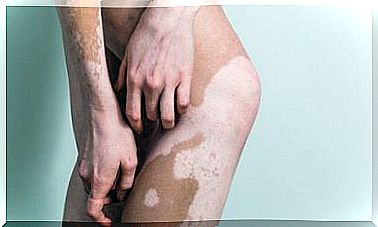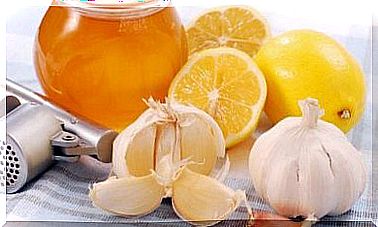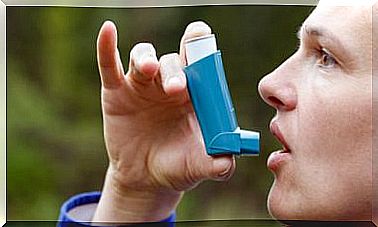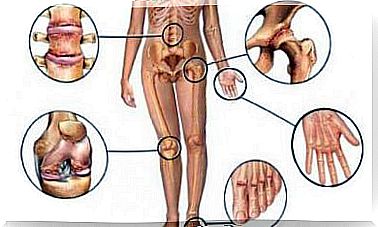Interesting Facts About Antimicrobial Drugs
In today’s article we will go into more detail about different types of antimicrobial drugs and look at the properties of the most important substances.
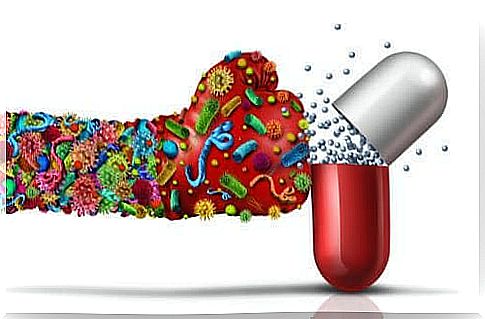
Antimicrobial drugs have the ability to inhibit or stop the growth of various microorganisms. Depending on the type of microorganism, different drugs are used in practice. For example, there are various substances against bacteria, fungi or parasites.
In today’s article, we’re going to look at different types of antimicrobial drugs and the properties of the most important substances.
Antimicrobial drugs: different types
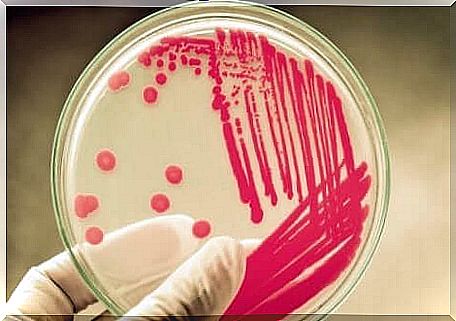
Antimicrobial drugs can basically be classified into two types:
- according to their mode of action and
- according to the type of microorganisms they fight.
Antimicrobial drugs: classified according to their mode of action
There are three major groups:
- Sterilizing substances
- Disinfectants
- Antiseptics or chemotherapy drugs
Sterilizing substances
Sterilization is the term used to describe the killing of microorganisms and spores in order to achieve 100% sterility. The best known sterilants include glutaraldehyde and ethylene oxide. In addition, there are also physical methods to achieve sterility: For example, sterile filtration, hot air sterilization, steam sterilization or radiation sterilization are used for this purpose.
Disinfectants
In contrast to substances to be sterilized, disinfectants reduce the number of infectious agents, but do not guarantee 100% sterility. Many disinfectants are used to remove microorganisms from inert materials because they can have toxic effects on living tissue.
The most commonly used disinfectants include compositions with iodine and, for example, Betadine.
Antiseptics or chemotherapy drugs
Antiseptics are used directly on damaged tissue to prevent wound infection and the spread of harmful microorganisms.
Chemotherapeutic agents are used in particular for selective damage to body cells or pathogens. They are given intravenously.
Antimicrobial drugs: Classification according to the type of microorganisms to be controlled
Then we will go into more detail about different substances that are used to fight different pathogens. In this sense, antimicrobial drugs can be classified as follows:
Antibiotics
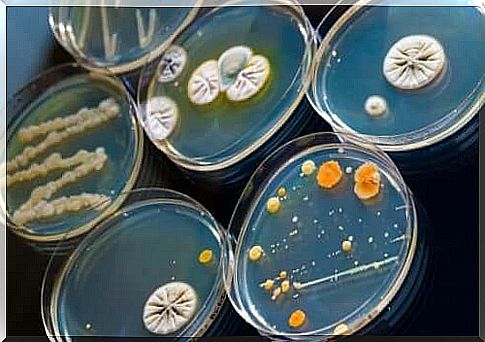
An antibiotic is a chemical substance that is produced by living organisms or is produced synthetically. This prevents the growth of certain microorganisms.
These medicines are used to treat bacterial infections. They are used in both human and veterinary medicine, as well as antiparasitic and other antimicrobial drugs to kill harmful microorganisms.
In this context, it is important to mention that self-medication with antibiotics is a serious public health problem. Because this allows bacteria to develop resistance mechanisms and thus lose their effectiveness. Medicines that are initially very effective can lose their effectiveness as a result. As a result, less efficient drugs are available to us.
Antifungal drugs
Antimycotics are antibacterial substances that prevent the growth of different types of fungus or kill them.
Again, self-medication can have serious consequences. If these drugs are not properly dosed and used, harmful fungi develop resistance to the drugs, which become ineffective.
The most popular antifungal agents include:
- Itraconazole
- Posaconazole
- Fluconazole
- Voriconazole
- Caspofungin
Antiparasitic drugs
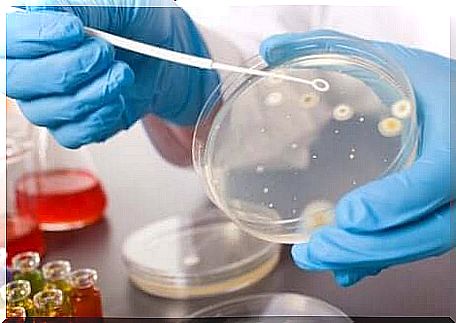
Antiparasictics are used in both animal and human medicine to help relieve infections caused by harmful parasites or bacteria. These drugs are also used for various types of cancer.
The best-known antiparasitics include antihelminics and antiprotozoics. These include, for example, the following:
- Albendazole
- Mebendazole
- Trimethoprim
- Paramomycin
- Metronizadol
- Ivermectin
Research is also currently underway into antiparasitic drugs with fewer side effects, where the risk of resistance is lower.
Antiviral drugs
These are used to fight viral infections. One of the most important properties of antiviral drugs is that they are incapable of curing the disease, only alleviating the symptoms.
This can reduce the discomfort. These medicines also help reduce the risk of further complications. For each type of virus there are different antiviral drugs that can only be given under a doctor’s prescription.
Conclusion
Antimicrobial drugs are able to inhibit the growth of various microorganisms or to kill them. Different drugs are used depending on the type of infection or disease.
These drugs (antibacterial, antifungal, antibiotic, antiparasitic, or antiviral drugs) are only given through a doctor’s prescription. Self-medication promotes the development of pathogen resistance and therefore makes treatments with these drugs ineffective.
